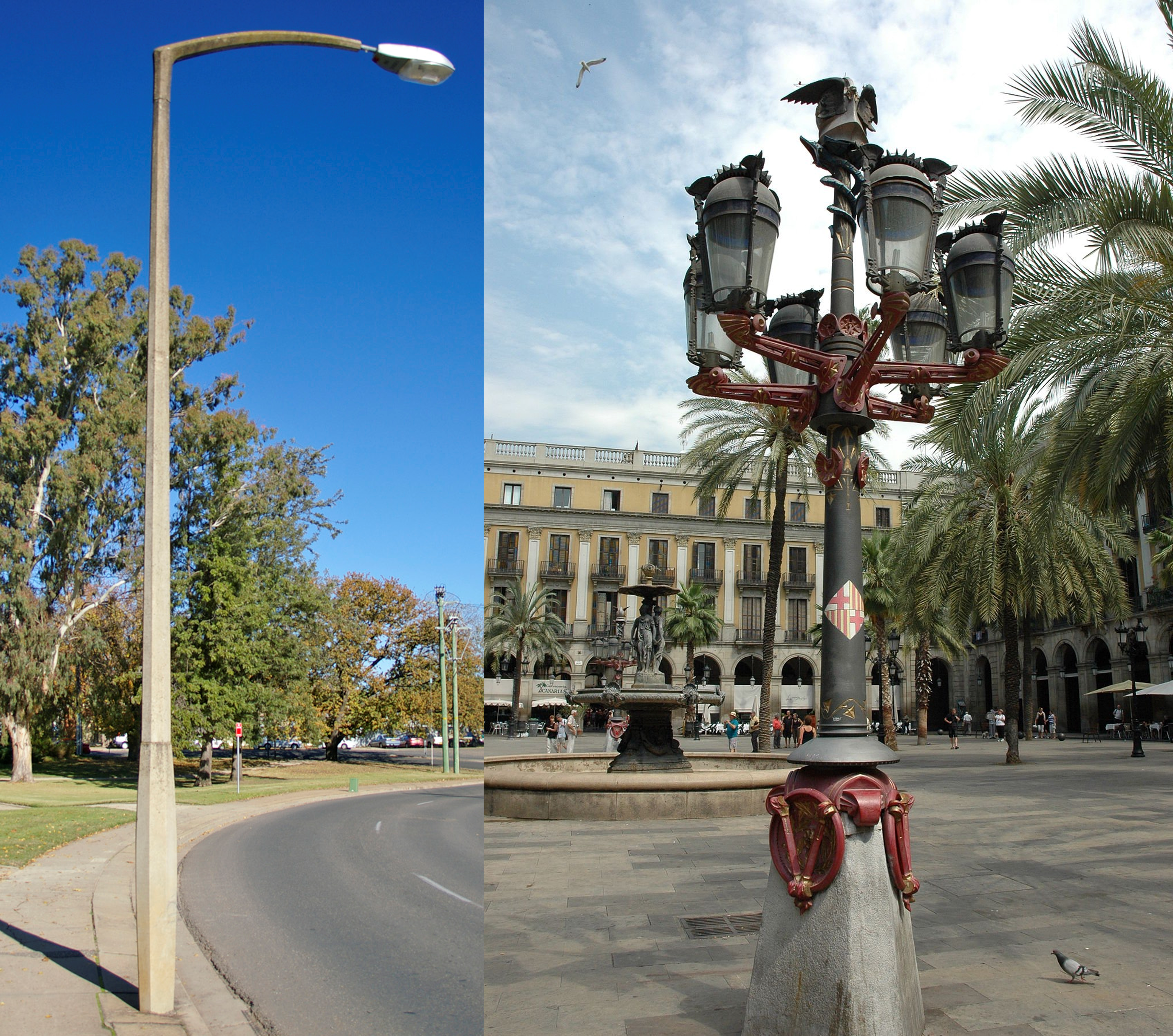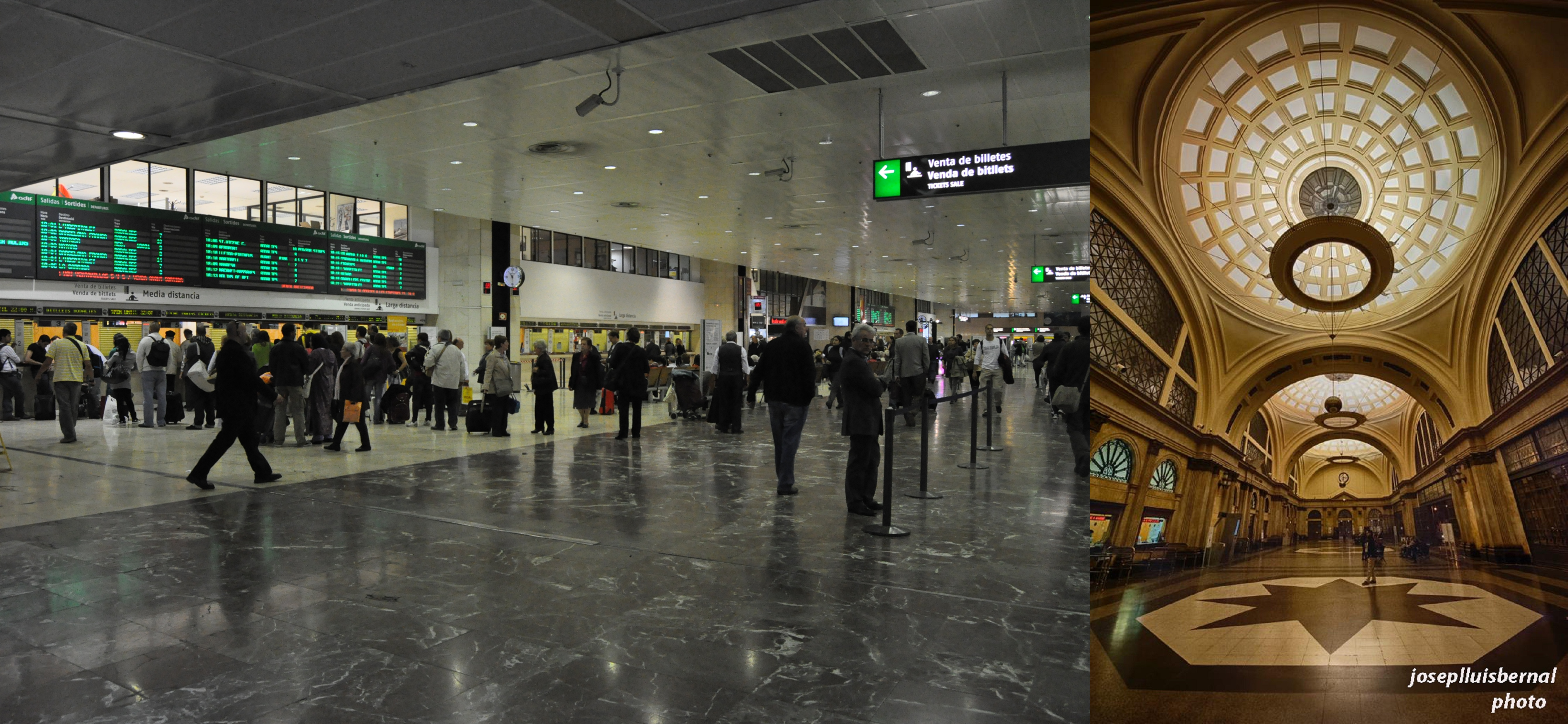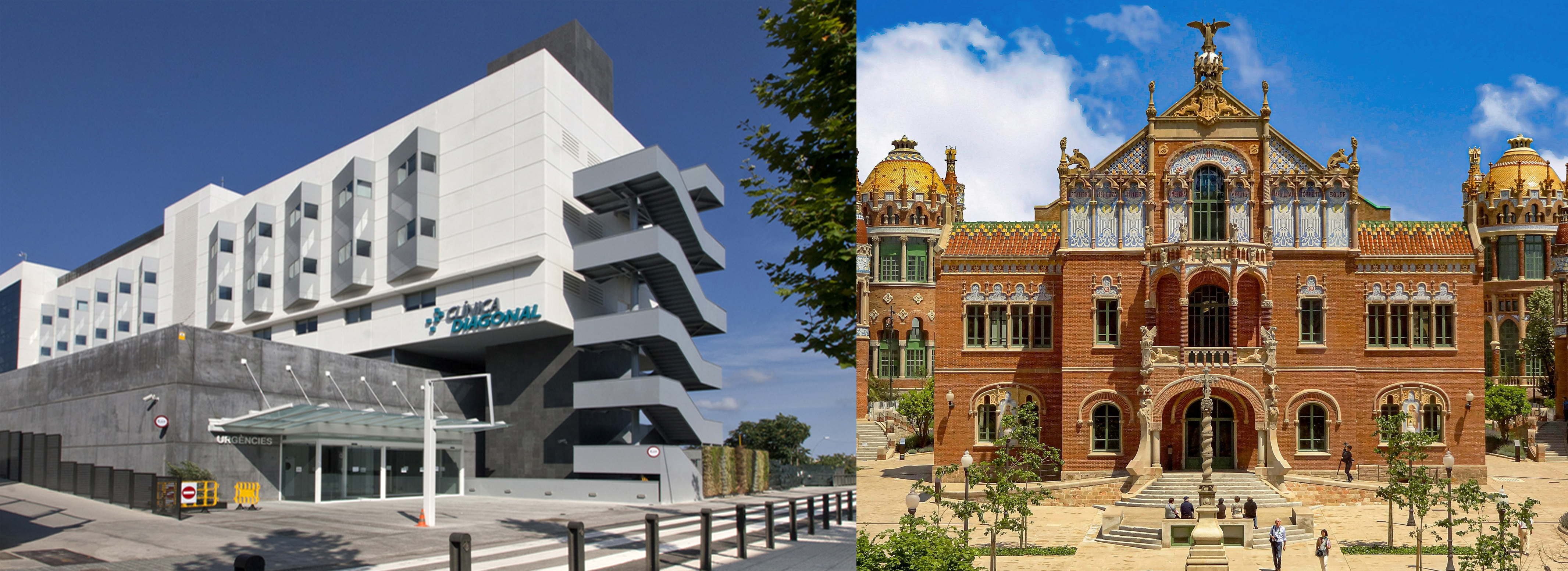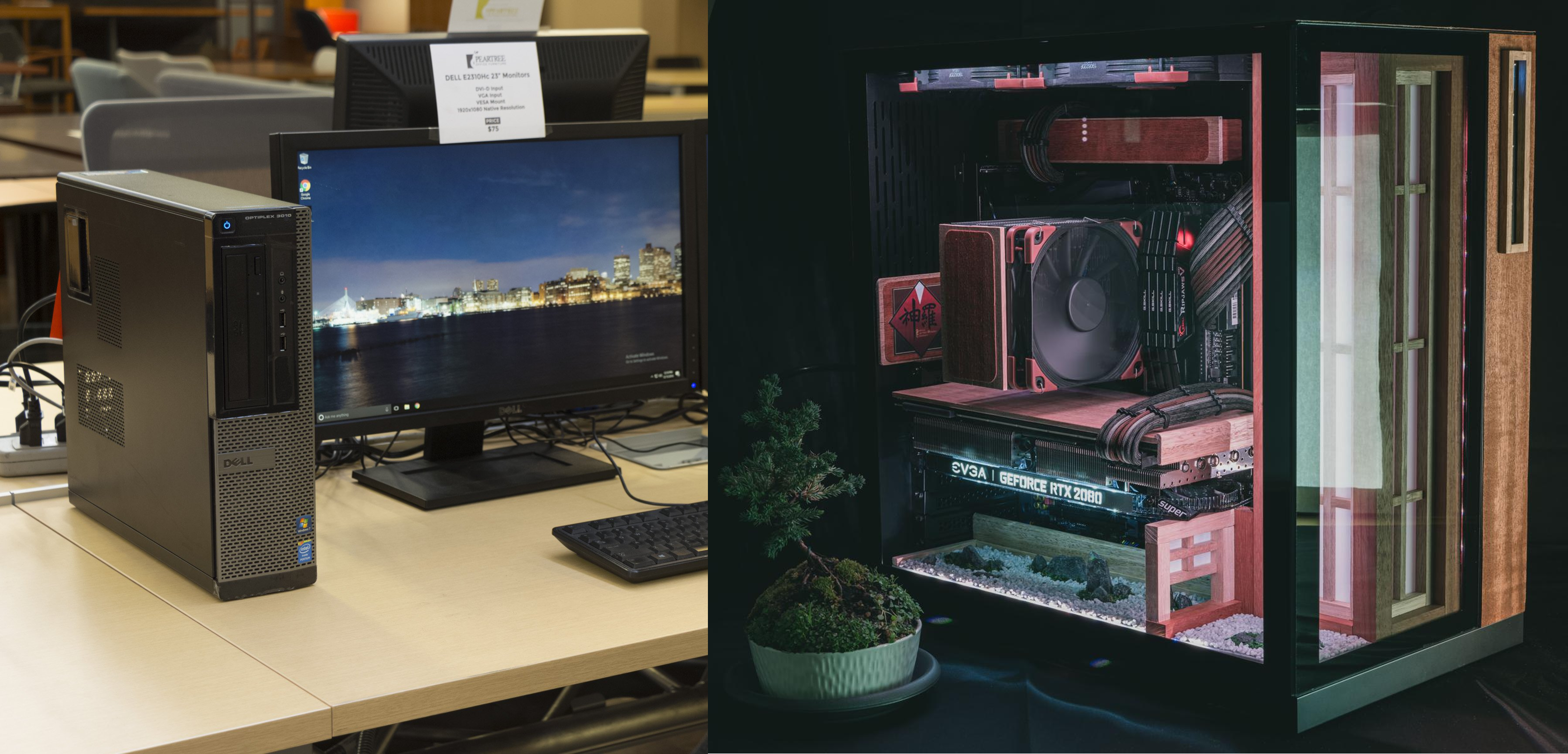Hi, Pablo here
Don't hide it, make it beautiful
I'm currently living in a flat, and my internet connection physically comes in through my living room. That's where my home router is placed. However, my main workspace is not in my living room but in my working room, which is a few meters away. I would love to have a wired internet connection for my laptop, but unfortunately, with the router being so far away, setting it up would require running a lot of cable through the walls and ceilings. I could either leave the cable visible or go through some serious construction work to poke holes through walls and fake ceilings and tunnel the cable through there. The latter is out of the table, since I don't even know where would I start.
The first option being the only available one, there is one fundamental and unavoidable reason I don't do this: aesthetics. My partner is very conscious about keeping our home visually pleasing. I care too, though she probably values aesthetics even more than I do. She likely doesn't find a wired internet connection to be as essential as I do. So, for now, I have to rely on wifi to connect from my workspace to the home router.
When I was on holiday in Thailand a few years ago, I noticed that Thai homes are far more practical than European ones in such matters. In Thailand, plumbing, electrical systems, and other maintenance-requiring installations are typically very visible, just out there on the wall. They don't hide these things behind fake walls or ceilings. I believe they do this because they highly value the ability to access and work on their home's systems themselves. Many Thai people build and maintain their own homes, so they leave everything exposed for easy access.
I sometimes envy this approach. Which is funny because I don't think they do it for pleasure but out of necessity. Still, when I saw a Thai homeowner fixing their plumbing outside their house, I thought to myself: "Damn, you're so in control of your home". If something bad happens—like a fallen tree damaging the plumbing—they can fix it themselves. Meanwhile, if that happened to me, I wouldn't even know where to start. I don't even know where my plumbing is because it's all hidden behind walls.
That makes me wonder: Is there a way to make these essential systems both accessible and aesthetically pleasing? Could we have the convenience of exposed infrastructure without it looking ugly? I believe we can.
I find the problem is that we have decided certain things—plumbing, electrical wiring, visible infrastructure—are inherently ugly. But they don't have to be. Some household items, like lamps, must be visible by their very nature. Since they can't be hidden, we put effort into making them look good. We choose stylish designs that complement our home's aesthetics. Why can't we do the same for cables and pipes?
Imagine if all the wiring in your home was encased in beautifully braided, colorful ropes, arranged in elegant geometric patterns. The connections, junction boxes, and fittings could be crafted from high-quality materials like metal and wood with artistic designs. Wouldn't that be nice?
Now, you might think I'm crazy—that these things are just ugly by nature. But they're not. In fact, many aspects of modern design have become uglier over time, and we've just accepted it.
Consider street lamps. In most cities today, they are dull, industrial-looking poles—rusty, ugly, and purely functional. Yet, in older parts of my city, we still have beautiful, ornate lamp posts from over a hundred years ago. They were designed with care, meant to serve a purpose, to be visually appealing, and to last ages. Take a look:

The same goes for train stations. Modern stations are bleak, sterile spaces—metal, plastic, and harsh lighting. They resemble hospital emergency rooms. But look at the older ones, like this one. Those stations are masterpieces, designed like grand halls with chandeliers and intricate details.

And talking about hospitals, they are also a good example. Most modern hospitals have the same white, cold, spaceship-like aesthetic. While cleanliness is important, there's no reason they have to be so uninviting. In my city, there's a hospital built over a hundred years ago that's so beautiful people visit it as a tourist attraction. On the other hand, the hospitals I visit personally are plain depressing, soviet style atrocities.


I think we can bring things back, if we care enough.
Look at computers. Most office desktop cases are dull, gray boxes—uninspired and purely functional. Naturally, many of them end up buried inside desks, or if they are small enough, simply hidden behind the screen on a VESA mount. But gamers, who deeply care about their PCs, go the extra mile to make their setups look amazing. They invest in custom cases, LED lighting, and stylish cooling systems. They turn their computers into art. They are testament to the fact that we can make practical things also be beautiful if we choose to.

If we put the same effort into our homes, we wouldn't need to hide cables and pipes. We could proudly display them as part of our interior design. Infrastructure could be both functional and beautiful, giving us accessibility without sacrificing aesthetics.
I guess the point I want to make is... Don't hide it. Instead, make it beautiful.